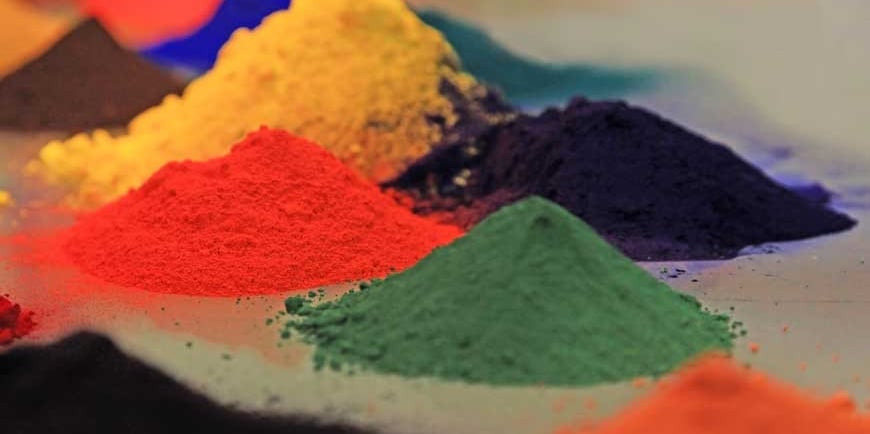Ideal Characteristics of Titanium Dioxide for the Coating Industry
Titanium Dioxide for the Coating Industry
COATING & PAINTING
mlntrading.com
5/9/20241 min read


Titanium dioxide is a key ingredient in paint. Its crystal structure differs from that of rutile, which affects its refractive index. This, in turn, affects its hiding power and achromatic power, which are 20-30% lower than those of rutile. Its durability is also inferior to that of rutile. For these reasons, the paint industry mainly uses rutile titanium dioxide. Acute titanium dioxide is relatively easy to powder and yellow, and is typically used for indoor paint or primer. Its dosage accounts for only 30% of the titanium dioxide used in coatings.
1. Whiteness: The whiteness of titanium dioxide directly affects the appearance of the coating film.
2. Coating Power: The greater the coating power of titanium dioxide used, the thinner the coating film can be, the less paint is required, and the less titanium dioxide is required. If the titanium dioxide coating power is reduced, it is necessary to increase the amount of titanium dioxide to achieve the same effect of covering. The cost of production will increase as the amount of titanium dioxide required to achieve the desired effect increases. The difficulty in dispersing the titanium dioxide uniformly in the paint, leading to the formation of aggregates, will also affect the coating's covering power. This, in turn, will affect the covering power of titanium dioxide. This will also affect the coating's covering effect.
3. Light Resistance and Weathering: Coatings for titanium dioxide require high light resistance and weathering, especially for outdoor surface coatings. Ultra-high light resistance and weathering types of titanium dioxide are also required for these coatings.
4. Dispersion: Poor dispersion of titanium dioxide will directly affect its optical properties, such as achromaticity, hiding power, and surface gloss in coatings. It will also affect the storage stability of coatings, fluidity, leveling, coating durability, corrosion resistance, and conductivity.
